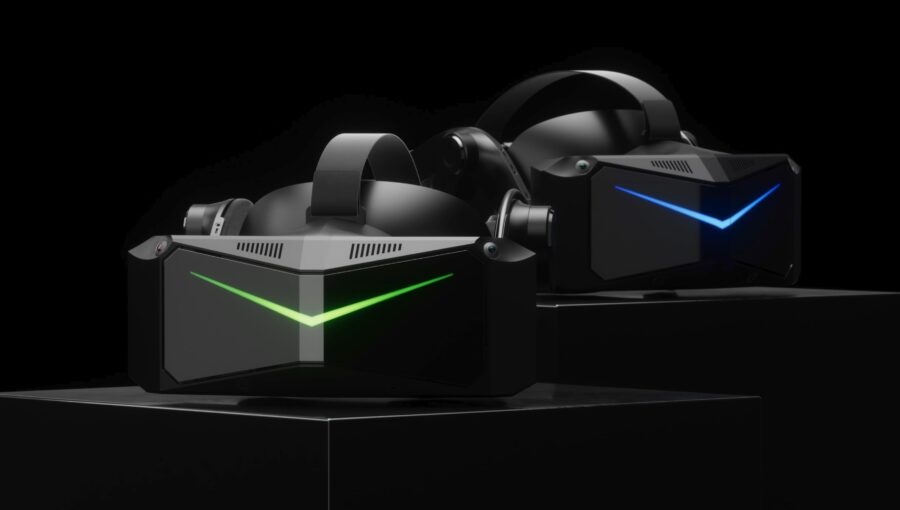
In Virtual Reality News
April 15, 2024 – Pimax, a virtual reality (VR) hardware manufacturer and provider of ultra-wide field of view (FOV) and high-resolution consumer VR devices, has today announced two new high-end VR headsets along with a wireless solution for VR gameplay at its Frontier 2024 event, held on YouTube.
Pimax Crystal Super VR Headset
First of the headsets to be announced during the company’s event, the new Pimax Crystal Super headset is an ultra-high-end headset, packing 29.5 million pixels and the world’s first changeable optical engine, allowing users to swap between QLED and micro-OLED panels.
Pimax stated that the Crystal Super represents a “substantial” leap forward from its Crystal headset, offering a greatly increased number of pixels to enable a much larger field of view and higher pixels per degree (PPD) simultaneously.
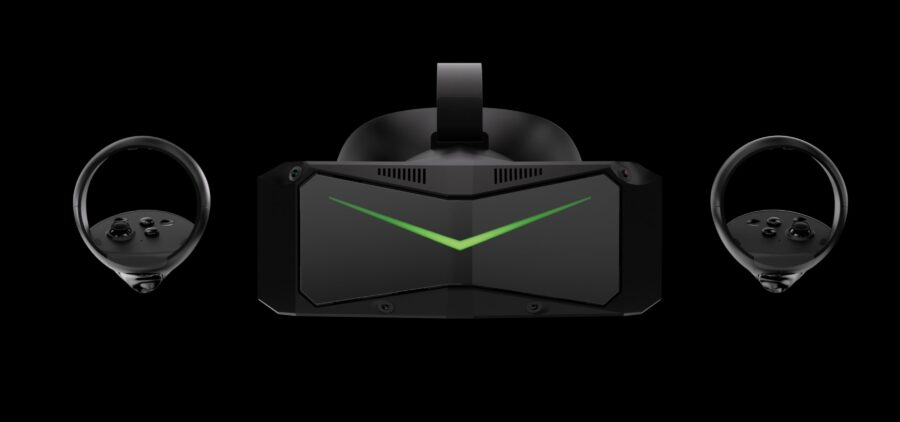
Besides FOV and PPD, the choice of displays plays a critical role in user experience. QLED and micro-OLED displays both offer their own distinct advantages. As a result, Pimax has designed the Crystal Super to allow users to choose between the two or opt for both. This modular design and increased flexibility stems from what Pimax claims is the world’s first replaceable optical engine system invented by the company, which combines the displays and lenses as a single detachable module. The QLED engine is paired with interchangeable glass aspheric lenses, while the micro-OLED engine incorporates glass pancake lenses.
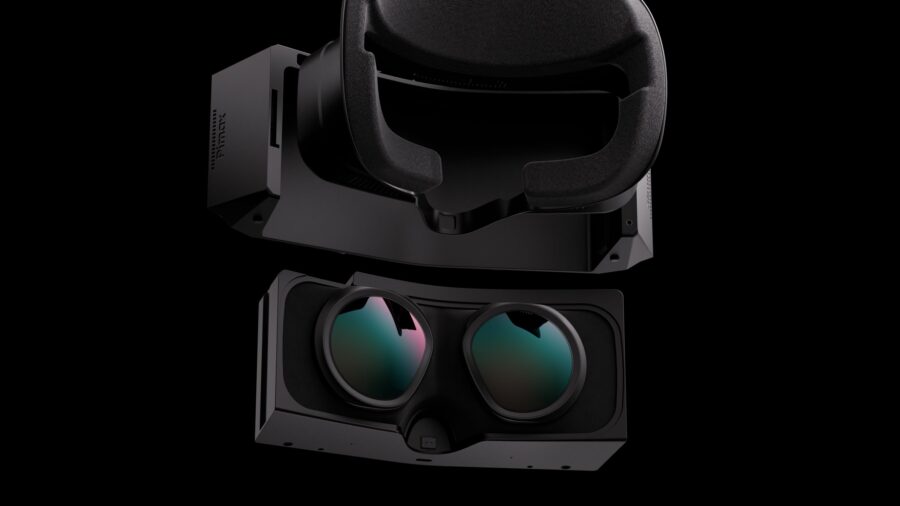
The headset also boasts advanced inside-out tracking via four cameras, eye-tracking for automatic IPD (Inter-pupillary Distance) adjustments, dynamic foveated rendering, and built-in audio. Pimax noted that the Crystal Super is designed to be a pure PCVR headset, and therefore does not feature Qualcomm’s XR2 chipset, nor a battery.
The Pimax Crystal Super starts from USD $1,799 (excluding VAT), with shipping estimated to begin in Q4 this year.
Pimax Crystal Light VR Headset
The second headset announced today by Pimax was the Crystal Light, which offers the same 16.6 million pixels as the original Pimax Crystal device, but at a more budget-friendly price, starting from USD $699 (compared to the Crystal’s USD $1,599 price tag).
The Crystal Light serves as a streamlined iteration of the Pimax Crystal, retaining core specifications from the Crystal, while removing features less essential to PCVR. This new, budget-friendly model is therefore a pure PCVR headset with no battery, no XR2 processor, and no standalone capabilities. That being said, the headset still boasts a resolution of 2880 x 2880 pixels per eye, with a maximum refresh rate of 120 Hz, and continues to employ glass aspheric lenses.
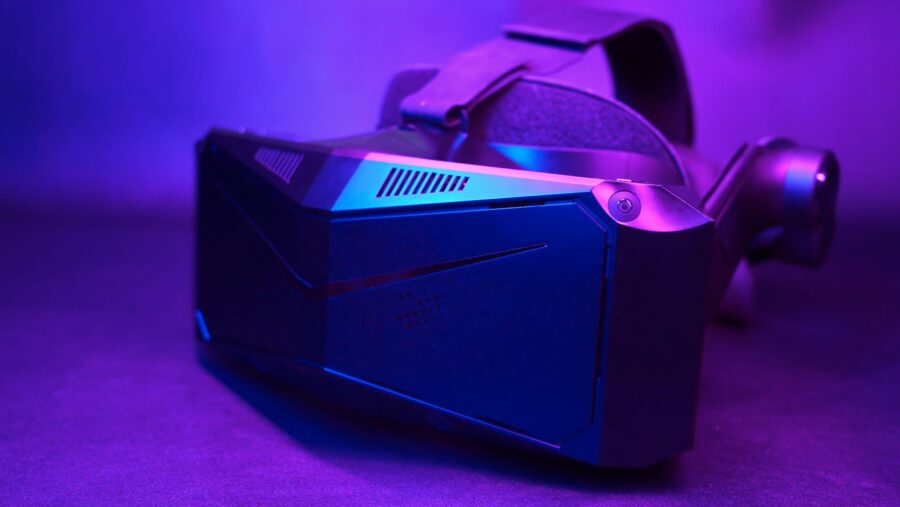
Unlike other Pimax headsets though, the Crystal Light does not feature interchangeable lenses, nor does it include eye-tracking. However, Pimax’ upgraded Fixed Foveated Rendering technology, which does not rely on the eye-tracking (unlike Dynamic Foveated Rendering), is included, which the company stated will help to compensate for potential GPU power limitations.
Pimax stated that overall these adjustments have decreased the device’s weight by 30%, which has in turn enhanced the headset’s ergonomics and level of comfort, and have helped to significantly reduce costs on the Crystal Light.
This has enabled Pimax to position the device at a starting price of USD $699. The Crystal Light is available for pre-order now, with shipping starting in May.
Will Pimax Crystal be discontinued?
Pimax clarified that the introduction of these two new models does not mean that the company is looking to discontinue its Pimax Crystal headset. Instead, Pimax stated that it will continue to evolve the Crystal, which was designed from the start as a high-end wireless PCVR headset. For wireless VR usage, the headset requires extremely broad bandwidth and highly efficient utilization, necessitating the device’s XR2 chip and battery, which form integral parts of the Crystal. The original Pimax Crystal device is also the only model in the Crystal line-up to feature the Qualcomm XR2 chipset and a battery.
Pimax Crystal Airlink
In order to achieve this high level of bandwidth and wireless efficiency, Pimax also unveiled today its 60G Airlink module – a combined transmitter and receiver, plus a lightweight dongle that attaches to the headset via a micro-HDMI connection. The transmitter and receiver connect to a PC through HDMI, forming a complete hardware suite for wireless operation.
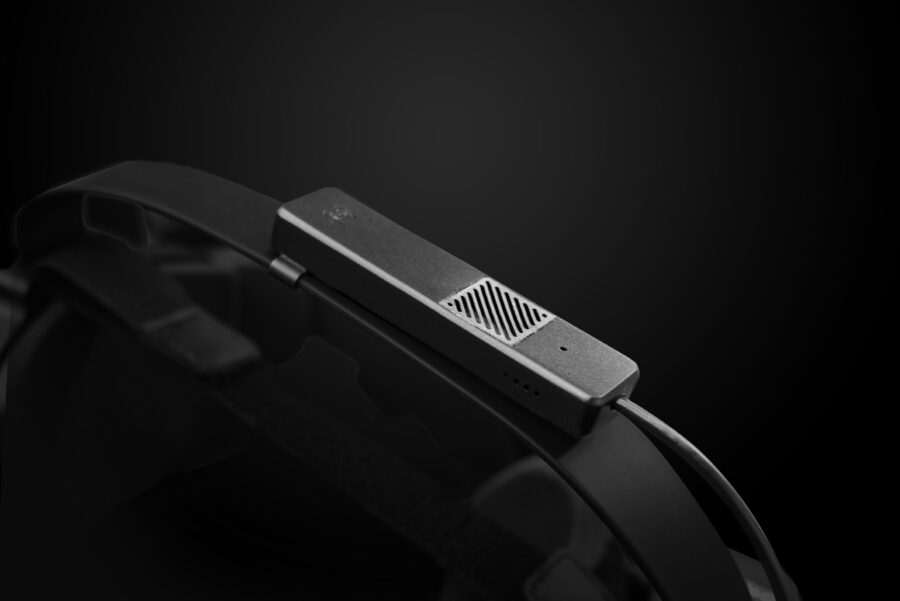
The 60G Airlink module leverages WiGig technology to offer “significantly higher bandwidth than conventional WiFi” and enable high-fidelity wireless PCVR, according to Pimax.
Pimax stated that the 60G Airlink module will support the Pimax Crystal’s full resolution at 2880 x 2880 pixels per eye, as well as a 90 Hz refresh rate and ultra-low latency. The expected battery life of the device is 2-3 hours..
The 60G Airlink is priced at USD $299 USD, and will be ready for shipping later this year.
For more information on Pimax and its newly announced Crystal Super, Crystal Light and 60G Airlink devices, please visit the company’s website.
How much do Pimax VR headsets cost?
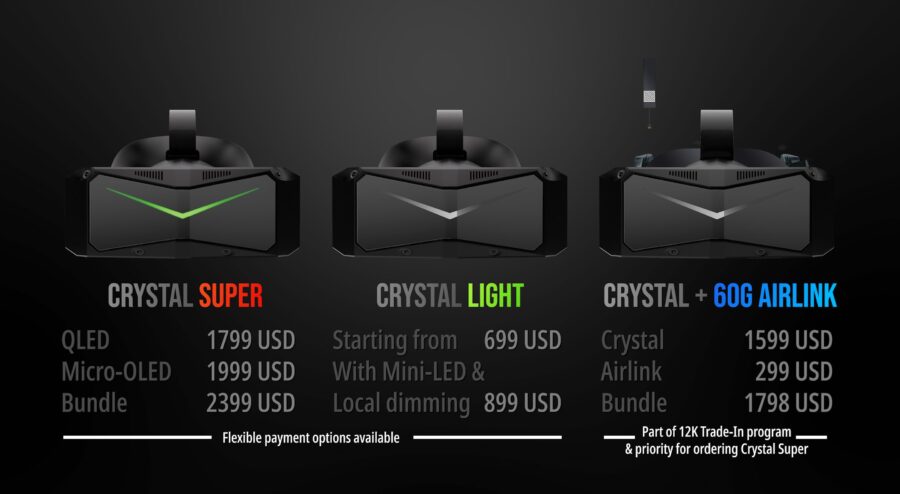
Image / video credit: Pimax / YouTube
About the author
Sam is the Founder and Managing Editor of Auganix. With a background in research and report writing, he has been covering XR industry news for the past seven years.
